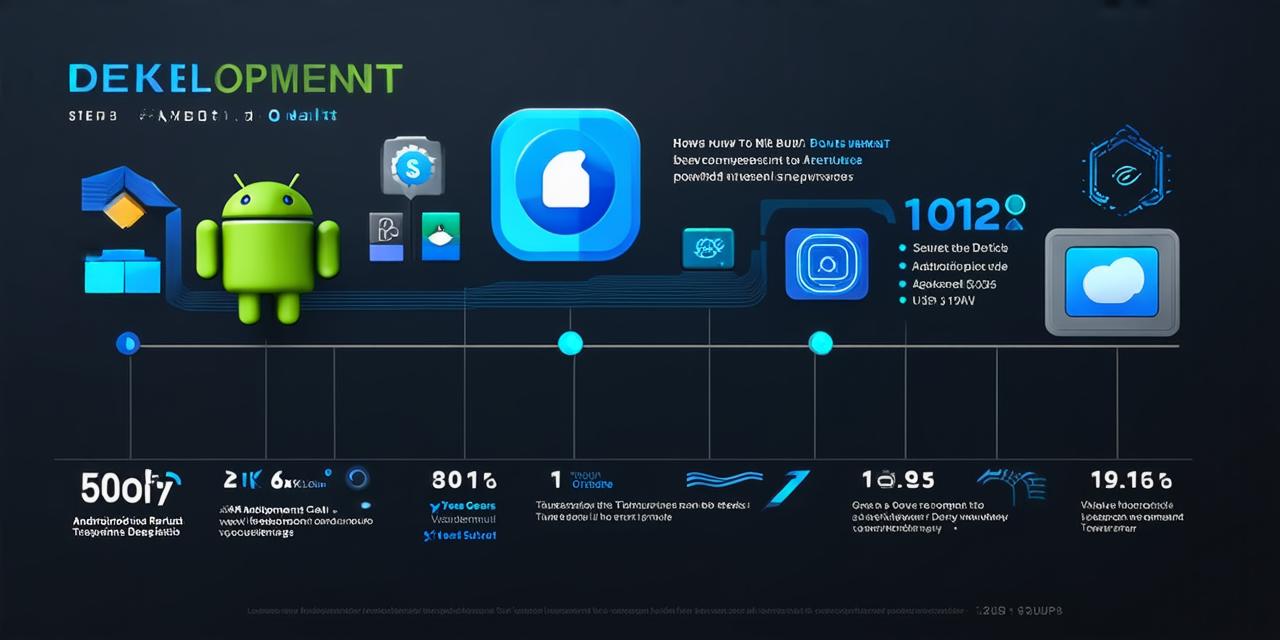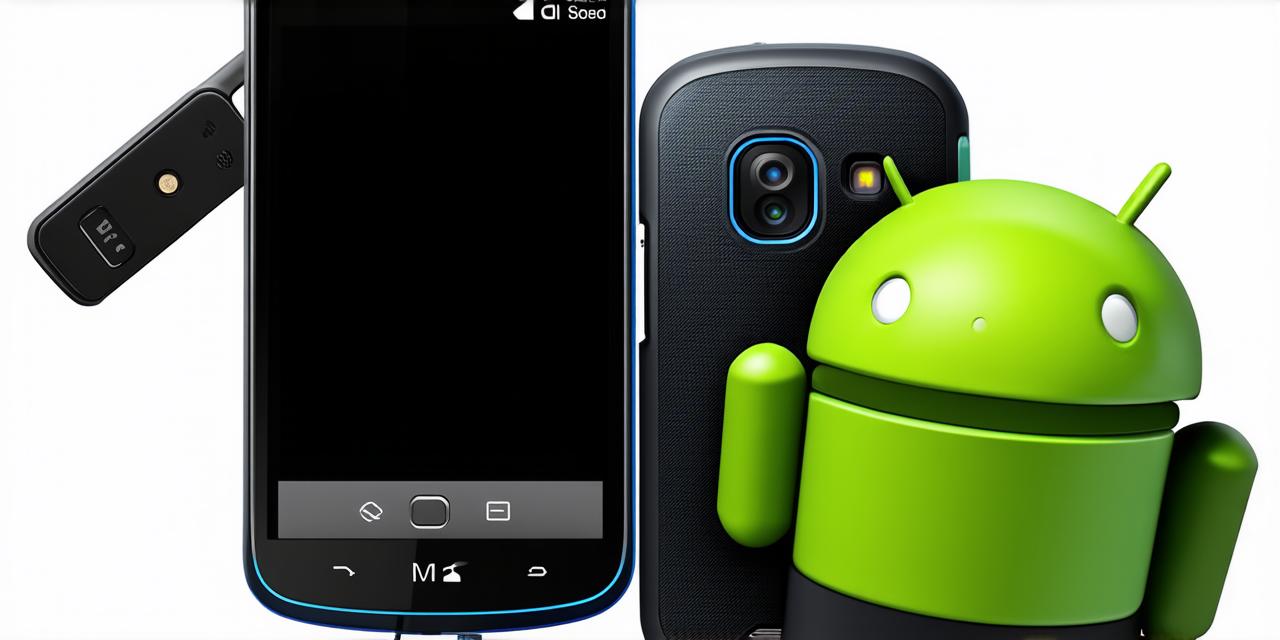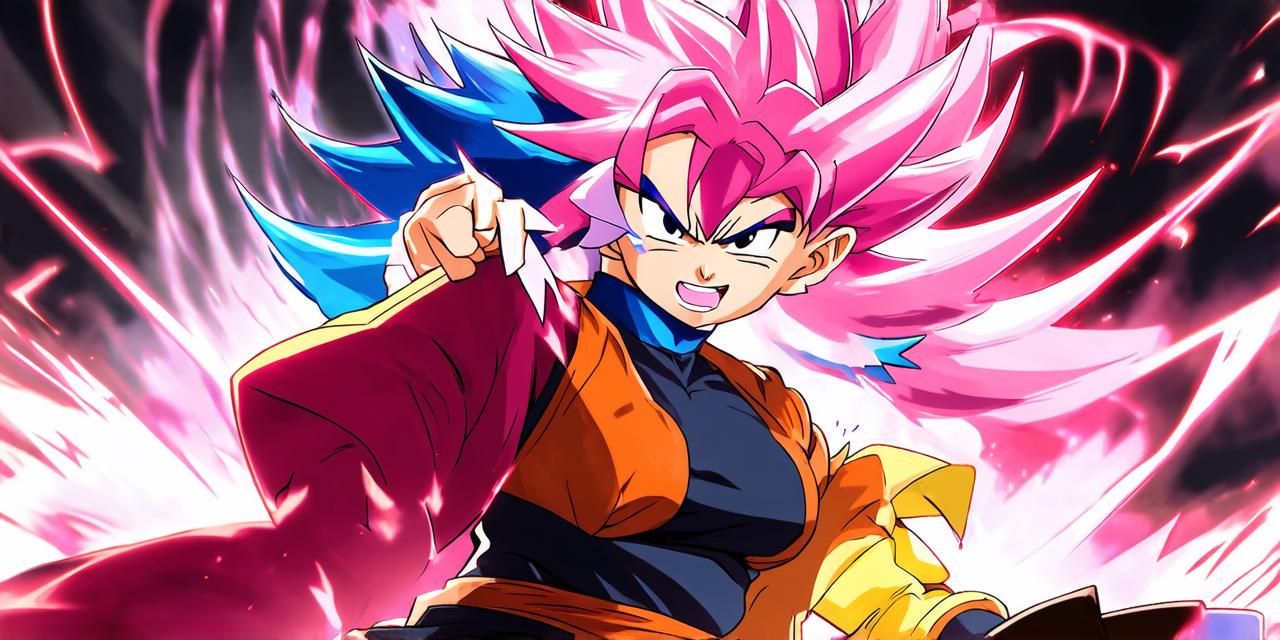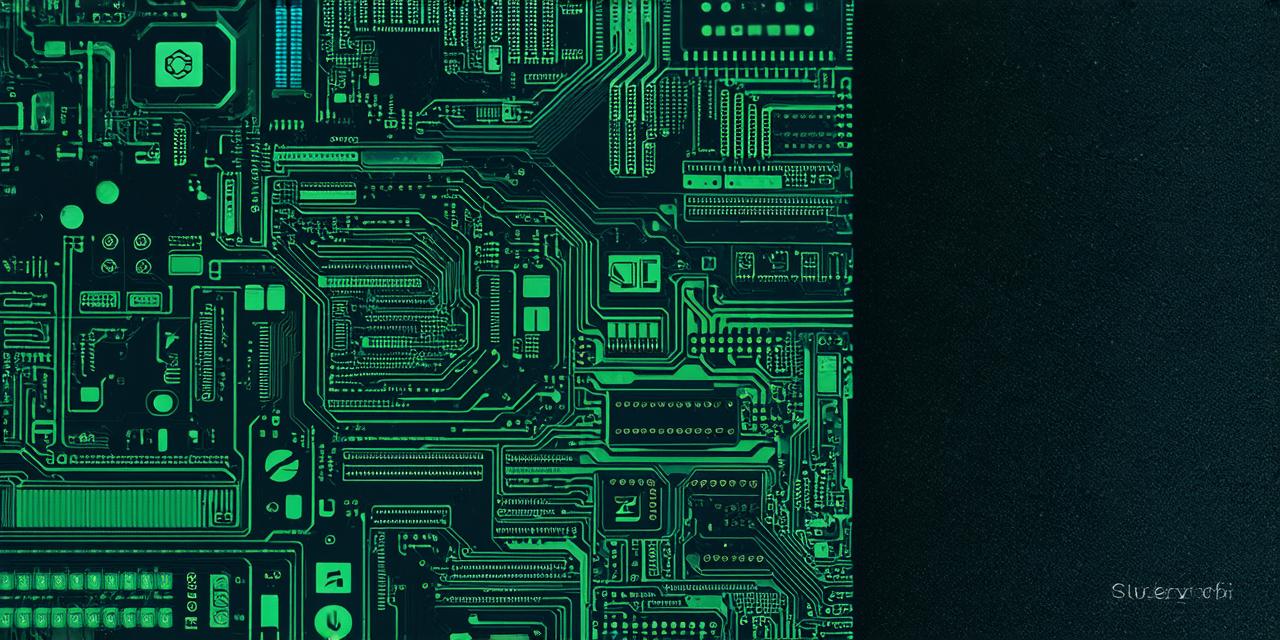Introduction
Android development is an exciting and rewarding field with limitless opportunities for game developers. In this article, we will take you on a journey through the timeline of learning Android development in 2023. Whether you are a beginner or an experienced developer, our guide will help you to navigate through the various stages and acquire the necessary skills to become an expert in Android game development.
The Importance of Learning Android Development
Android is the most popular mobile operating system in the world, with billions of active devices running on it. This makes it an ideal platform for game development, as there is a vast audience waiting to play your games. Moreover, Android development is open-source, which means that you can learn from other developers and contribute to the community.
In addition, Android development offers many benefits such as flexibility, scalability, and cost-effectiveness. With Android, you can create games for various devices with different screen sizes and resolutions, making it easy to reach a wider audience. Also, Android is constantly evolving, which means that there is always something new to learn and explore.
What are the Skills Required for Learning Android Development?
Before we dive into the timeline of learning Android development, let’s take a look at the skills required to become an expert in this field.
Programming Knowledge
To start with Android development, you need to have basic programming knowledge. You should be familiar with at least one programming language such as Java or Kotlin. If you are new to programming, it is recommended to take a beginner-level course or tutorial to get started.
Understanding of Android Architecture and Design Patterns
To become proficient in Android development, you need to have a solid understanding of the Android architecture and design patterns. You should be familiar with concepts such as activities, fragments, broadcast receivers, and content providers. Also, you should be able to apply various design patterns such as MVC, MVP, and MVVM to your code.
Knowledge of Android Development Tools
Android development requires a set of tools to develop, test, and debug your apps. You should be familiar with tools such as Android Studio, Android Debug Bridge (ADB), and Gradle. It is also important to know how to use the Android emulator to test your apps on different devices and screen sizes.
Familiarity with Android Frameworks and Libraries
Android development offers many frameworks and libraries that can make your development process faster and easier. You should be familiar with popular frameworks such as Retrofit, Dagger, and OkHttp, as well as libraries such as Glide and Picasso for image handling.
The Timeline of Learning Android Development in 2023
Now that we have covered the skills required to learn Android development, let’s take a look at the timeline of learning Android development in 2023.
Month 1-2: Learn Java or Kotlin Programming
The first step in learning Android development is to learn programming. If you are new to programming, it is recommended to start with Java as it is the most widely used language for Android development. You can take a beginner-level course or tutorial online and practice coding exercises to improve your skills.
Month 3-4: Understand Android Architecture and Design Patterns
After learning programming, you should focus on understanding the Android architecture and design patterns. Start by learning about activities, fragments, broadcast receivers, and content providers. Then move on to apply various design patterns such as MVC, MVP, and MVVM to your code.
Month 5-6: Learn Android Development Tools
Once you have a solid understanding of programming and design patterns, it’s time to learn the Android development tools. Start by installing Android Studio and becoming familiar with its interface. Then move on to learning how to use the Android Debug Bridge (ADB) for debugging your apps and Gradle for managing dependencies and building your project.
Month 7-8: Get Familiar with Android Frameworks and Libraries
In this stage, you should focus on getting familiar with popular frameworks and libraries used in Android development. Some of the popular frameworks include Retrofit, Dagger, and OkHttp for network communication, Glide and Picasso for image handling, and Realm or Room for database management.
Month 9-10: Develop Your First Android App
After learning all the basics, it’s time to put your skills to the test by developing your first Android app. Start with a simple app that doesn’t require complex features. This will help you get used to the development process and identify areas where you need to improve.
Month 11-12: Build More Complex Apps
Once you have developed your first app, it’s time to build more complex apps. Start by adding new features to your existing app, such as user authentication, in-app purchases, and push notifications. Then move on to building a new app from scratch with advanced features such as AR/VR integration, real-time data synchronization, and AI-powered recommendations.
Month 13: Continuous Learning and Improvement
Finally, after completing the above stages, you should focus on continuous learning and improvement. Keep yourself updated with the latest Android development trends and best practices by reading blogs, attending conferences, and participating in online communities. Also, don’t be afraid to experiment with new technologies and frameworks that can make your development process faster and more efficient.
Real-Life Examples of Android Game Development
Now that we have covered the timeline of learning Android development, let’s take a look at some real-life examples of successful Android game development.
1. Angry Birds
Angry Birds is one of the most popular mobile games in the world, with over 2 billion downloads. The game was developed by Rovio Entertainment and was released in 2009 for iOS and Android platforms. The game’s success can be attributed to its addictive gameplay, colorful graphics, and simple yet challenging levels.
2. Clash of Clans
Clash of Clans is another popular mobile game with over 500 million downloads. The game was developed by Supercell Games and was released in 2013 for iOS and Android platforms. The game’s success can be attributed to its strategic gameplay, colorful graphics, and constant updates with new content and features.
3. Pokemon Go
Pokemon Go is a location-based augmented reality (AR) game that was developed by Niantic Inc. and released in 2016 for iOS and Android platforms. The game’s success can be attributed to its innovative AR technology, popular franchise, and constant updates with new content and features.
FAQs
What is the best way to learn Android development?
The best way to learn Android development is by taking a structured approach that covers all the basics of programming, design patterns, development tools, frameworks, and libraries. You can also take online courses or attend workshops to improve your skills and gain practical experience.
What are some of the popular frameworks and libraries used in Android development?
Some of the popular frameworks and libraries used in Android development include Retrofit for network communication, Glide and Picasso for image handling



